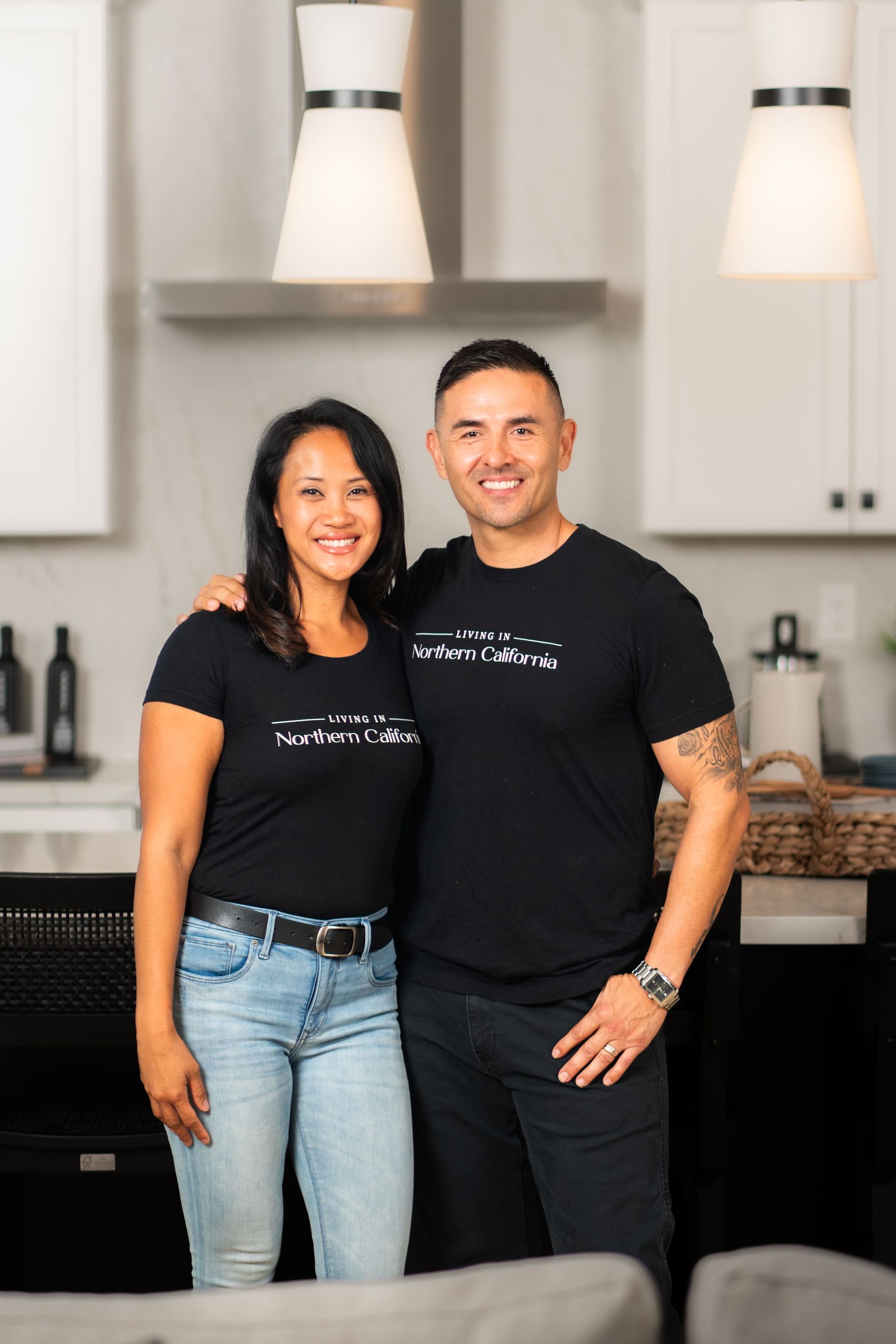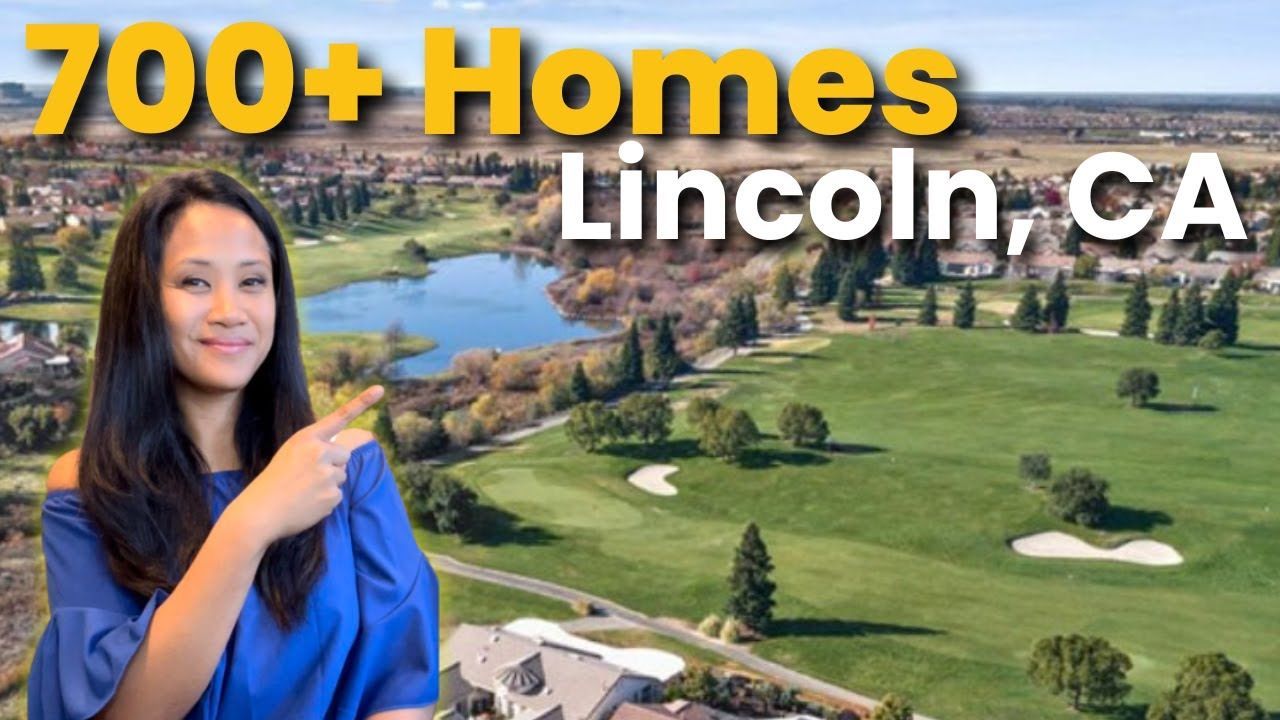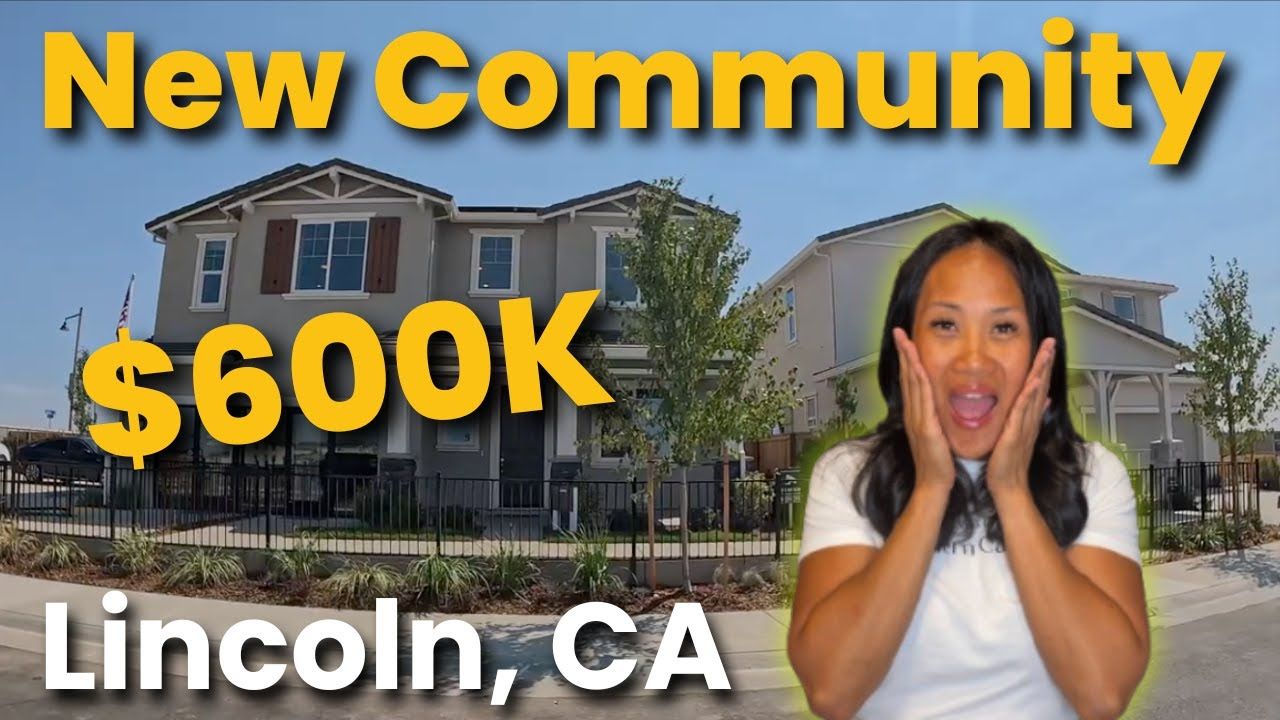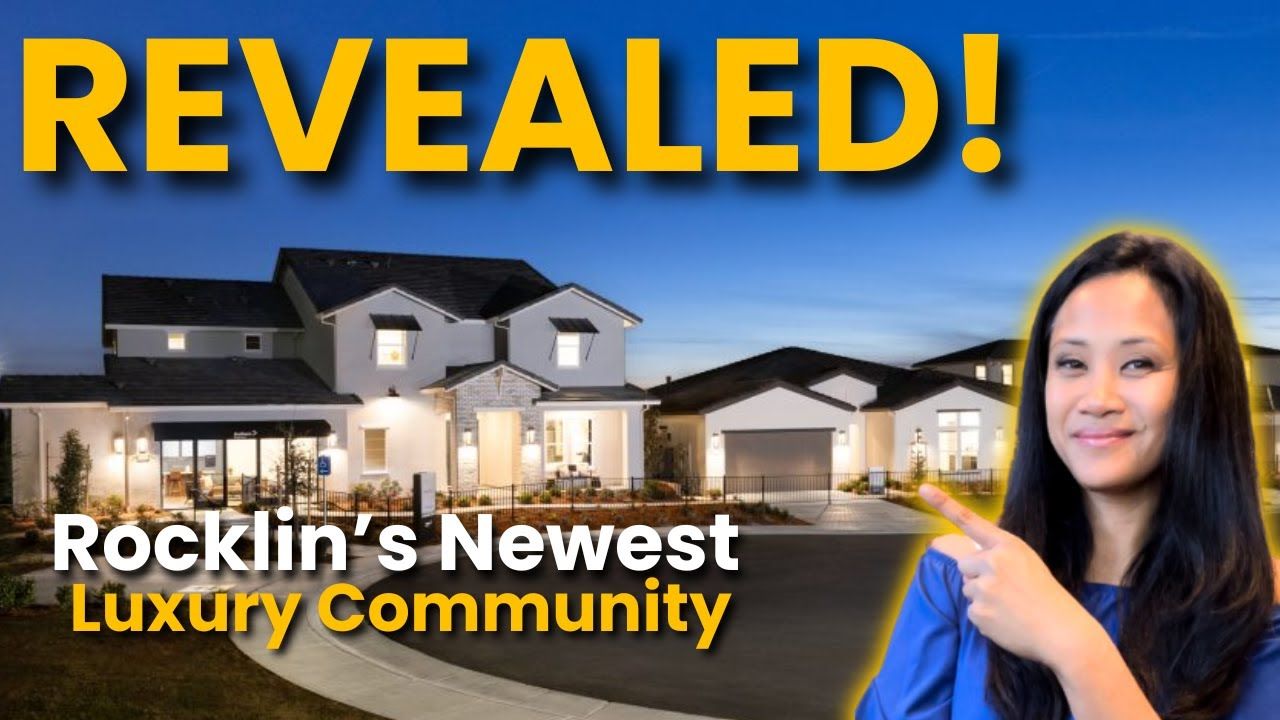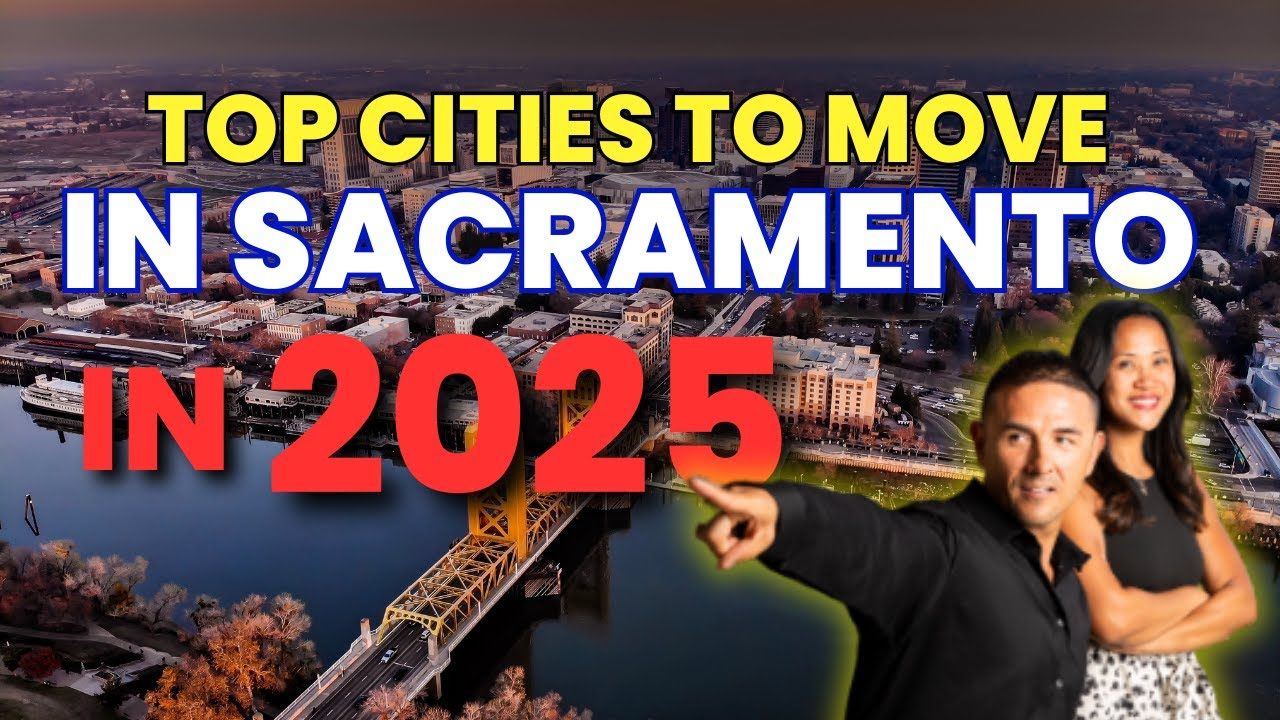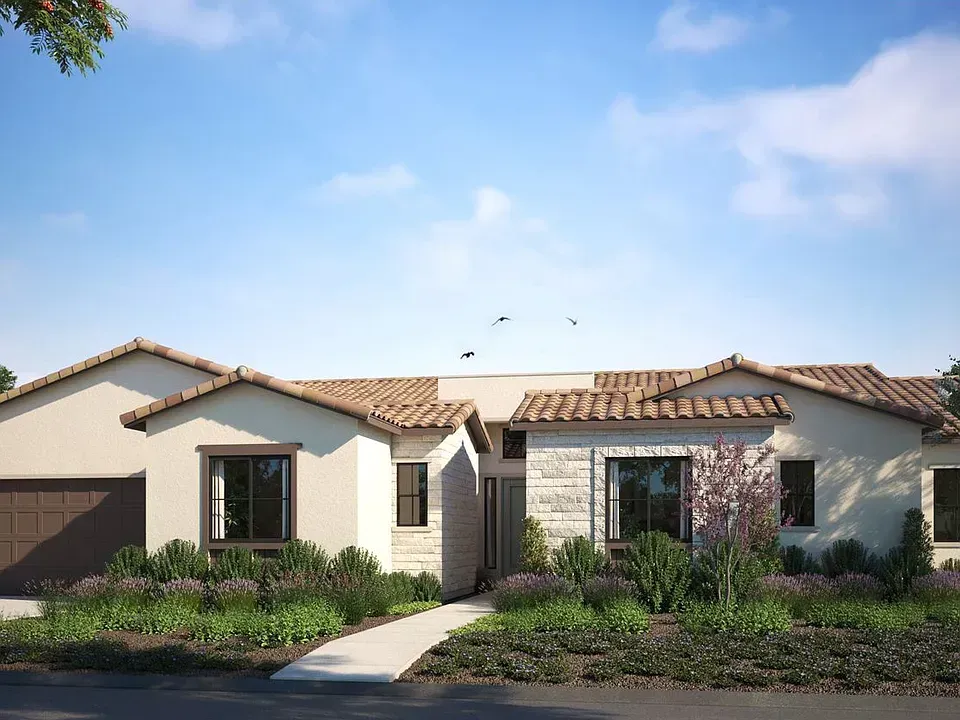Pros and Cons of Buying a Quick Move-In Home: Why These Deals Might Be Your Best Option
Table of Contents
- What Exactly Is a Quick Move-In Home?
- Main Cons of Buying a Quick Move-In Home
- Major Pros and Why Buyers Hunt These Homes
- Quick Move-In Versus Building From Scratch: A Practical Comparison
- How to Hunt the Best Quick Move-In Deals
- Where These Deals Are Showing Up Right Now
- Final Takeaway
- FAQs About Quick Move-In Homes for Sacramento Buyers
What Exactly Is a Quick Move-In Home?
The phrase "quick move-in home" describes a new construction property that is finished or nearly finished and ready to close within a short window, typically 30 to 60 days. Builders used to sell most homes via wait lists and phased releases. When the market slowed, homes began to sit closer to completion, and builders started pushing these nearly finished houses to buyers who want to move fast.
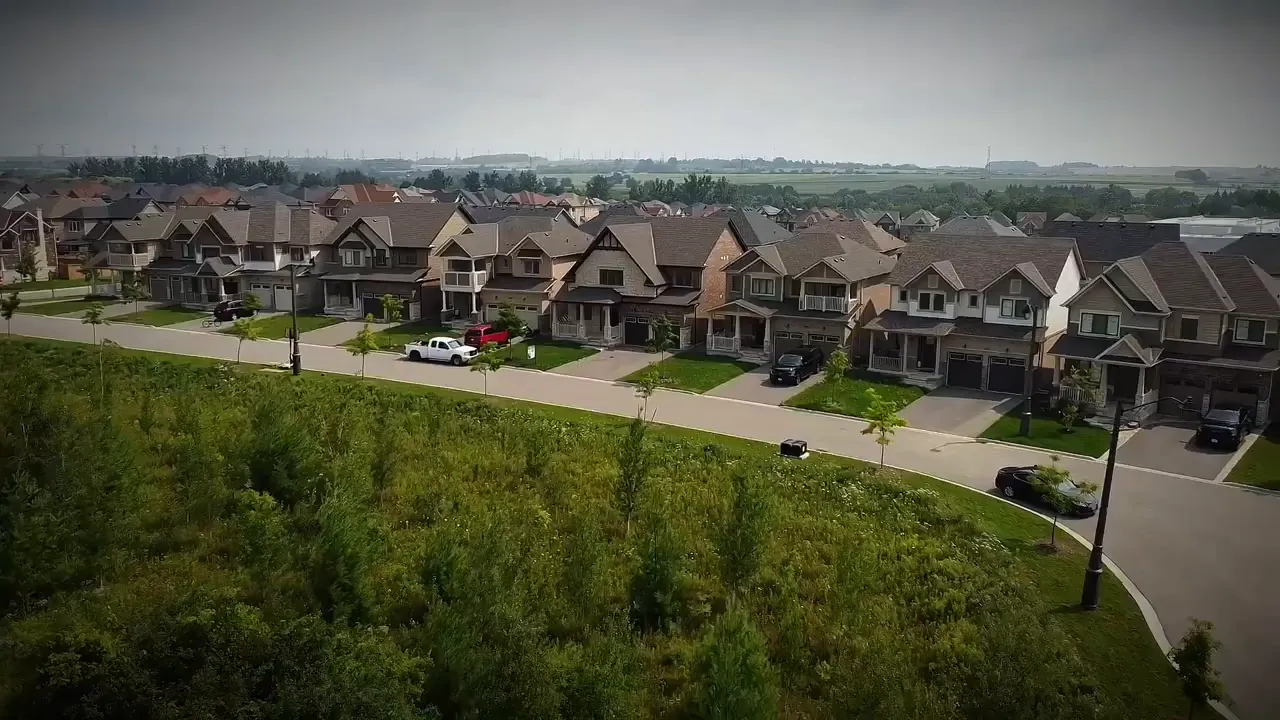
Because these homes are either completed or very close to completion, you get the benefits of a brand new house without waiting six to eight months for it to be built. That speed is the core of why many buyers are drawn to quick move-in options.
Explore The Local Areas - Search New Builds By Cities
Main Cons of Buying a Quick Move-In Home
There are tradeoffs. Understanding the pros and cons of buying a quick move-in home helps you decide if this route fits your timeline, taste, and finances.
Limited customization
Most quick move-in homes come with finishes already selected. You generally cannot change counters, cabinets, or flooring the way you could if you ordered a home from the design center.
If selecting every single finish is a priority, quick move-ins are not ideal. But keep in mind many buyers, even when building, end up changing a few things post-close rather than get everything exactly perfect.
Timeline mismatch and selling your current home
A fast 30 to 60-day close can be a plus or a problem. If you need to keep your current home on the market for months or want to finish a school year, the quick timeline can work against you. Sellers who need more cushion may prefer to build or reserve a lot with a six to eight month timeline.
Sometimes a home is sitting for a reason
Not every builder-incentivized property is desirable. A quick move-in might be priced down because of location, lot features, lack of backyard, or proximity to a parking lot or future apartment complex. Always inspect the site and neighborhood for a reason the home might be lingering.
Major Pros and Why Buyers Hunt These Homes
When architects and agents talk about the pros and cons of buying a quick move-in home, the list of advantages often outweighs the drawbacks—especially when interest rates are high or you want immediate occupancy.
Real incentives: better interest and cash concessions
Builders frequently offer stronger incentives on quick move-ins. Instead of a typical $5,000 to $10,000 lender credit, you might see a lender buy down your interest rate into the fives, fours, or even threes. These deals often include a fixed 30-year rate locked at signing, which removes the uncertainty of rising rates while you wait months for construction to finish.
Upgrades already in place at a discount
When a buyer or builder has already installed premium options—better flooring, upgraded cabinets, or high-end finishes—builders may discount the price to move that home. That effectively allows you to buy upgraded features cheaper than selecting them at the design center.
In many cases, price reductions are not on the base model but compensate for the value of upgrades. You get a nearly turnkey, upscale interior without paying full retail for each option.
Included extras that move the needle
Examples of extras that pop up as incentives include solar systems, closing cost assistance, or even staged furniture with model homes. These add-ons can significantly lower your out-of-pocket costs and monthly housing expenses.
Quick Move-In Versus Building From Scratch: A Practical Comparison
Deciding between reserving a lot and building versus choosing a quick move-in comes down to three main considerations: timeline risk, upgrade cost, and interest-rate risk.
- Timeline risk: Building can take six to eight months. Quick move-ins close in about 30 to 60 days.
- Upgrade cost: Design center choices can add tens of thousands of dollars. A quick move-in may include those upgrades already at a discounted effective price.
- Interest-rate risk: When you reserve a build, you often lock rate only 30 days before closing. With a quick move-in, builders often provide a locked mortgage or buy-down at the time of contract.
How to Hunt the Best Quick Move-In Deals
To maximize advantages and avoid pitfalls, use a plan:
- Work with an experienced agent who accompanies you at the community. Builders often require agent presence on first visits. Representation can mean thousands in negotiated incentives and better contract terms.
- Inspect the lot for reasons the home might be sitting—position, noise, future construction. If it sits for a reason, factor that into your offer.
- Be flexible on finishes. If you value a lower rate and cash incentives, remember you can always make cosmetic changes after closing.
- Coordinate selling your existing home. If you have a property to sell, align timelines carefully or use contingencies and bridge financing options if needed.
- Ask about warranty and service. New homes come with new home warranties and a superintendent or customer service rep to handle items during the first year.
Where These Deals Are Showing Up Right Now
Markets where new communities are still expanding often have the best quick move-in opportunities. Examples from Northern California include Roseville, Rocklin, Rancho Cordova, Lincoln, Folsom, El Dorado Hills, Fairfield, Dixon, Vacaville, and broader Sacramento neighborhoods. The Bay Area is more built out, so fewer quick move-in bargains appear there.
Final Takeaway
The pros and cons of buying a quick move-in home come down to priorities. If speed, lower effective cost for upgrades, stronger incentives, and interest-rate certainty rank high for you, quick move-ins deserve serious attention. If customization down to every knob matters more than rate savings, you might prefer picking options and waiting for a full build.
Either way, having an agent who knows new construction communities and how to negotiate builder incentives will help you find the best outcome. Call or text us at (925) 922-3901 for further help.
FAQs About Quick Move-In Homes for Sacramento Buyers
What is a quick move-in home and how fast can I close?
A quick move-in home is a new construction property that is finished or nearly finished and can typically close in 30 to 60 days.
Can I change finishes in a quick move-in home?
Not usually. Most finishes are already selected. You can make aftermarket changes after closing, but you cannot swap options before purchase if the home is already complete.
Do quick move-in homes include warranties and customer service?
Yes. New homes generally come with a one-year finish warranty and a superintendent or customer service rep to handle repairs and punch-list items.
Will builders buy down my interest rate on a quick move-in?
Often they will. Builders frequently offer lender buy downs for quick move-in homes that can lower your rate into the fives, fours, or sometimes the threes, and often come with fixed 30-year terms.
Are quick move-in homes always a bargain?
They can be excellent value, especially when extras and buy downs are included. However, always inspect for reasons a home may be lingering and weigh location and lot features against incentives.
How should I approach selling my current home if I choose a quick move-in?
Plan timing carefully. If you need longer to sell or prepare your existing home, a 30 to 60-day close may be tight. Consider contingencies, bridge loans, or flexible possession agreements to align both transactions.
READ MORE: Before You Move to Sacramento in 2025… READ THIS!



